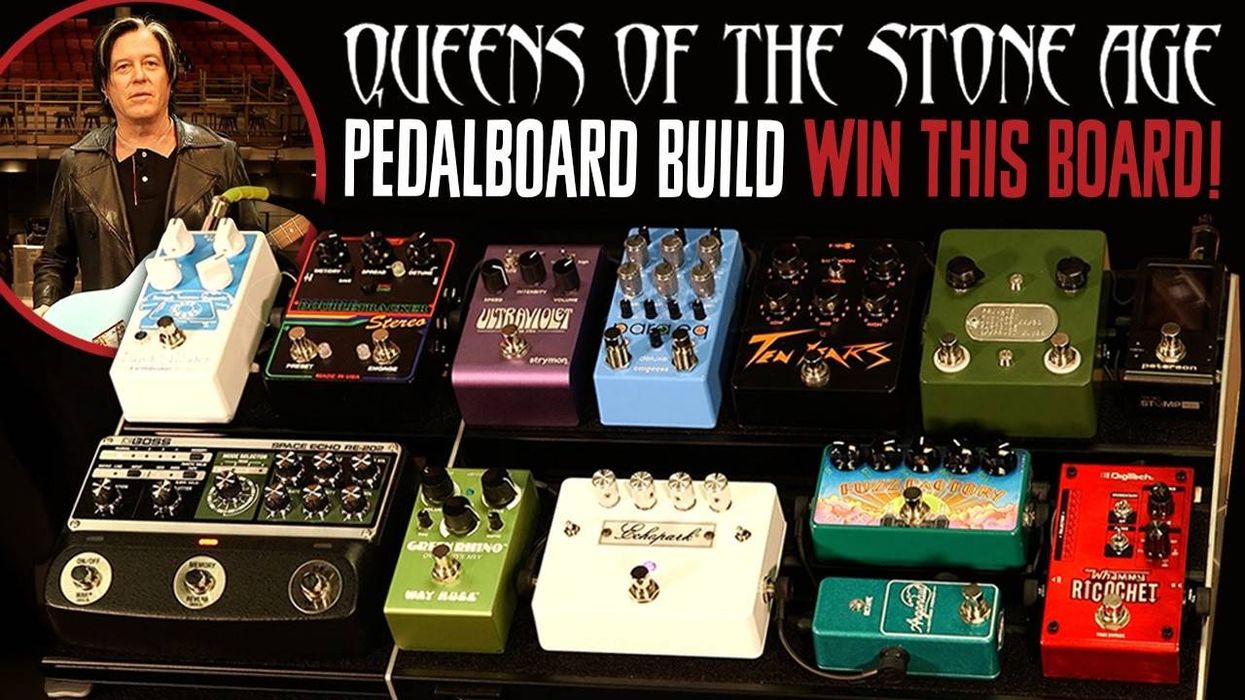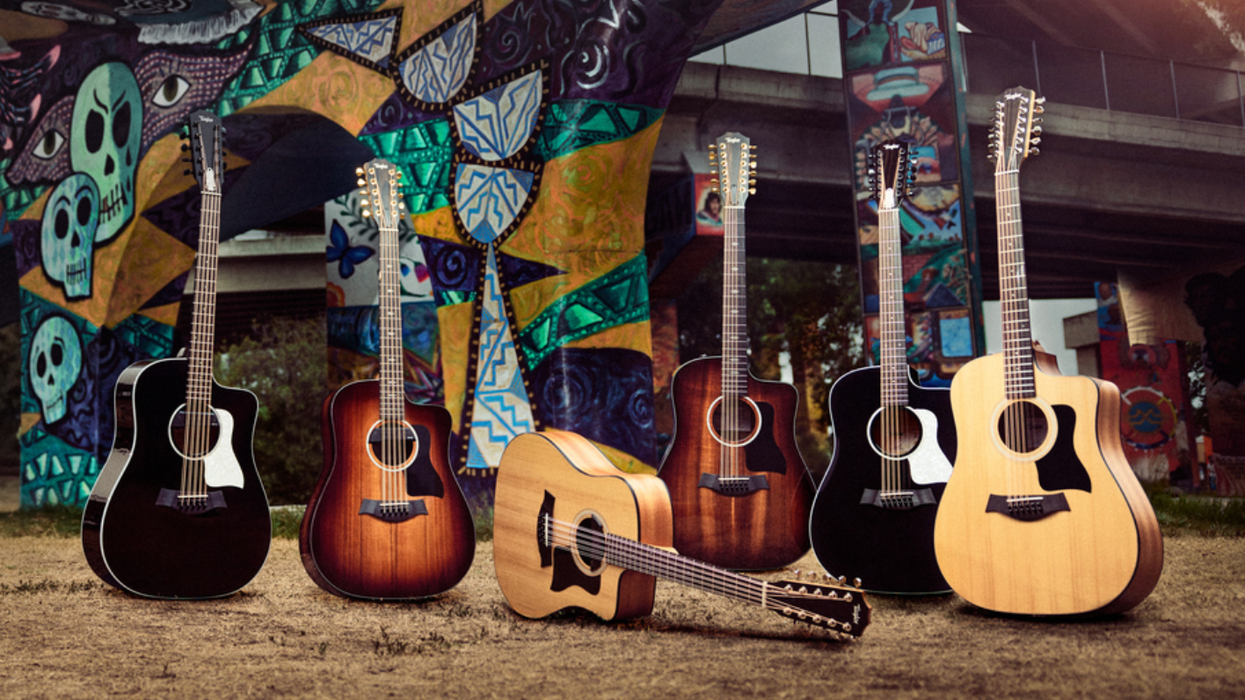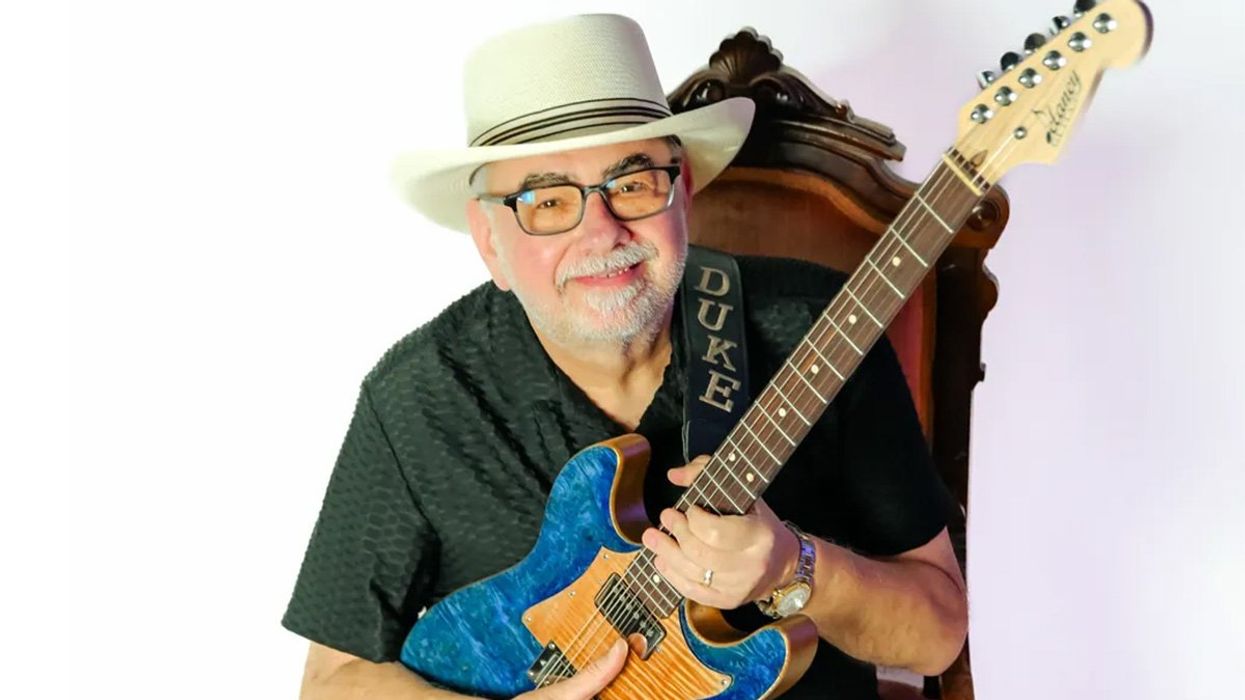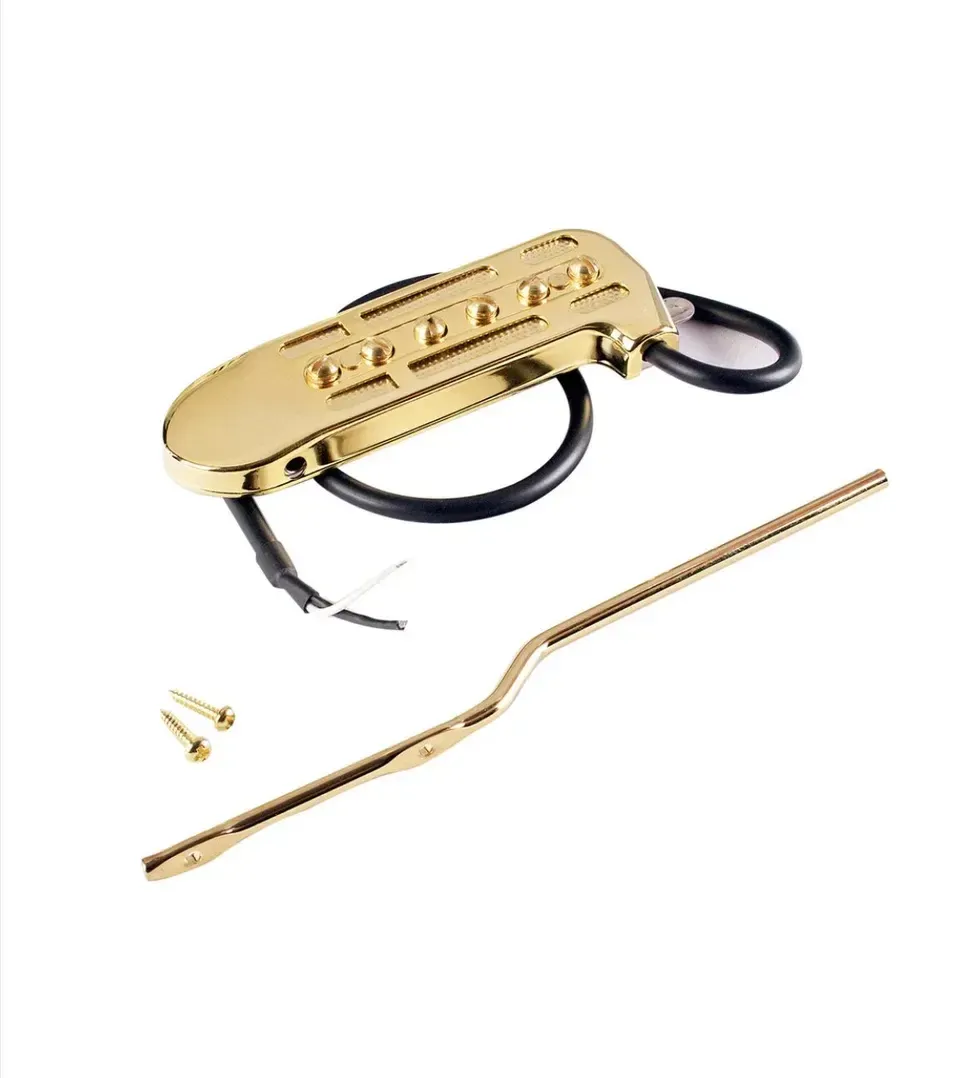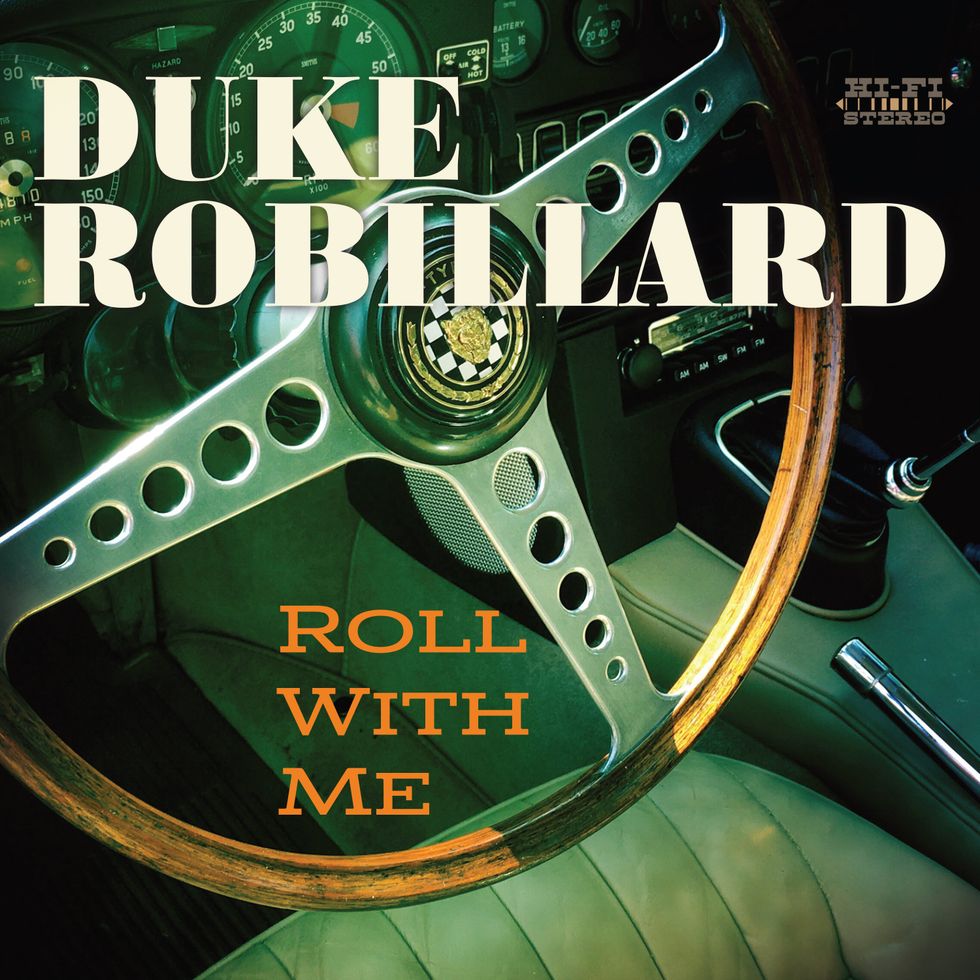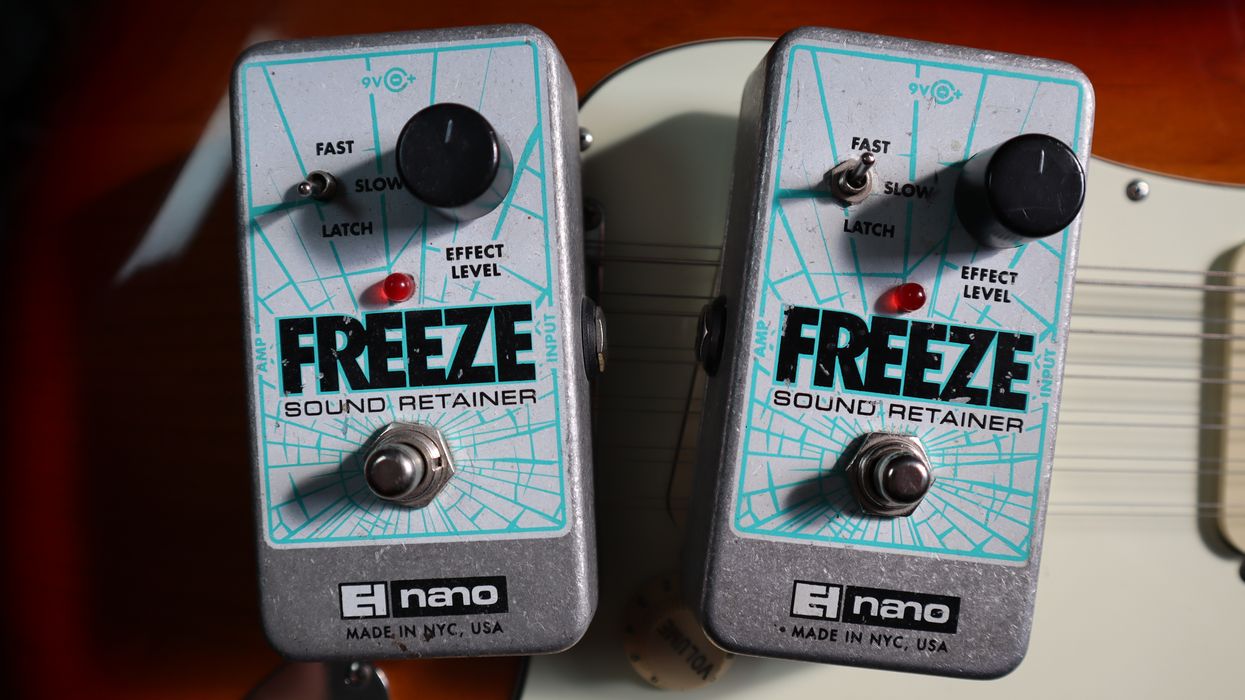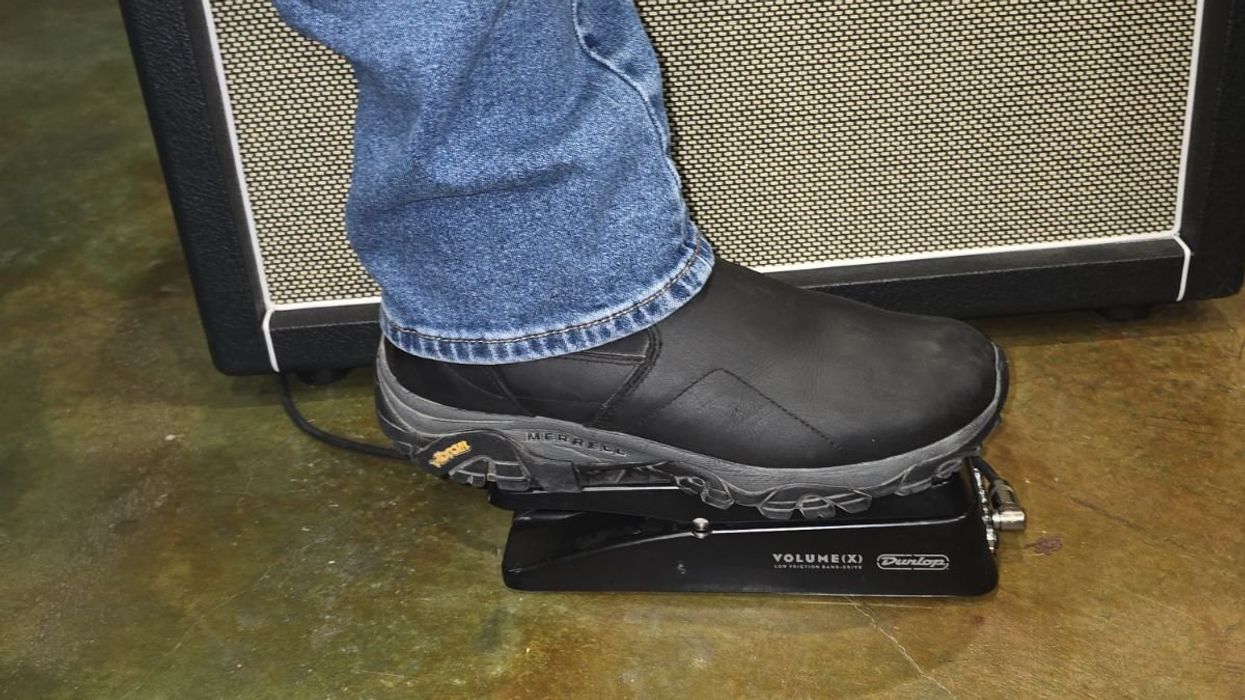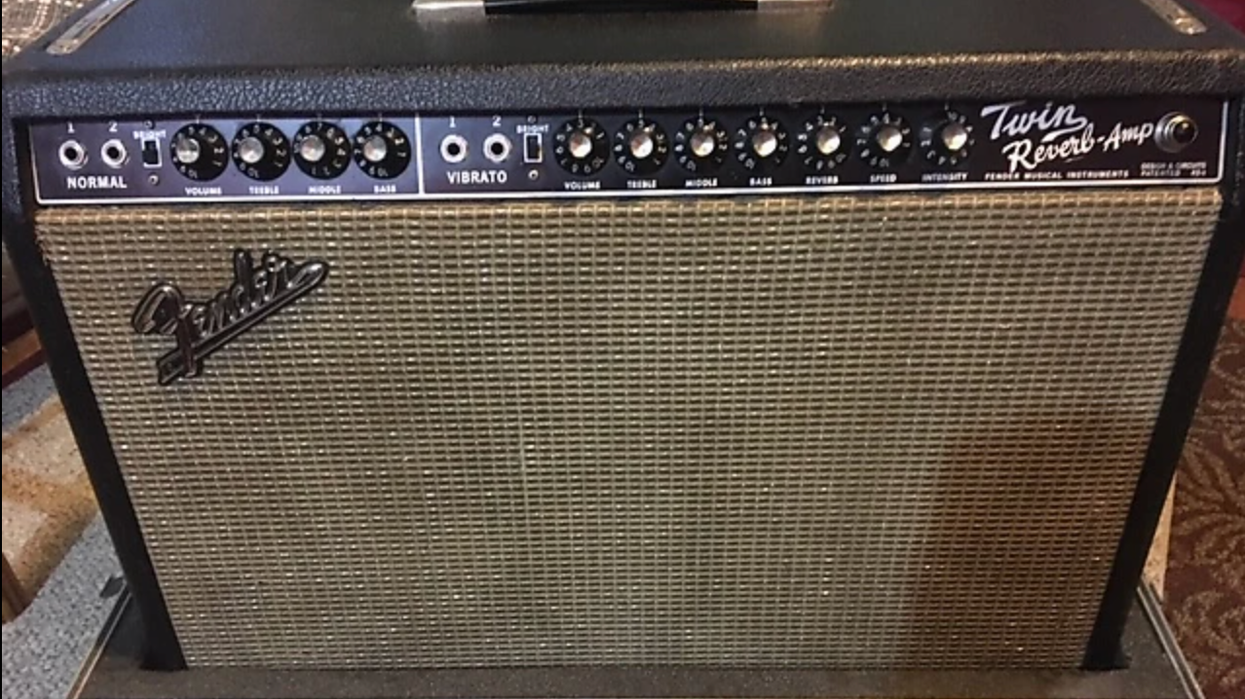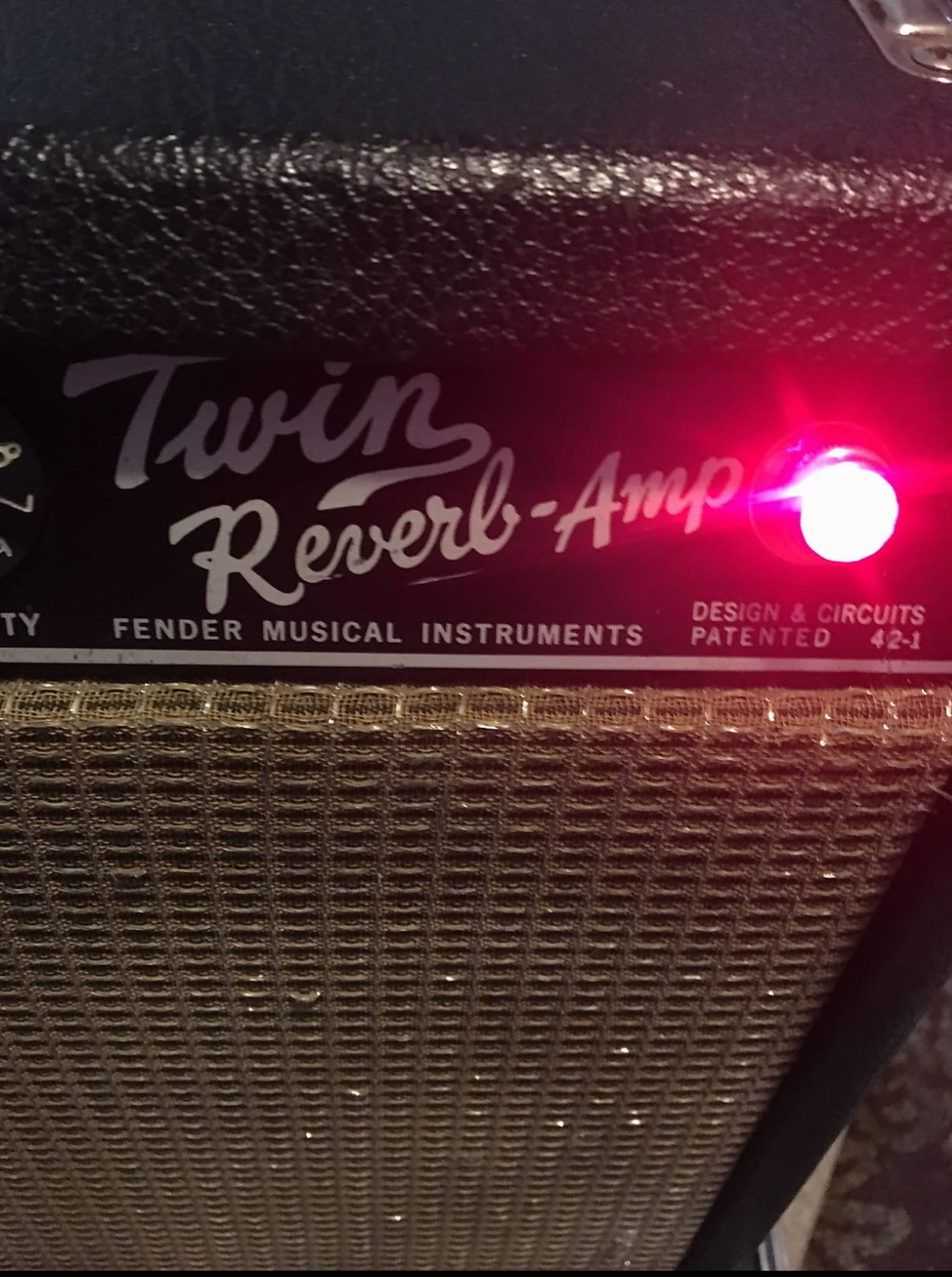If you’re building a home studio, you’re obviously going to need microphones. But you don’t need to spend thousands on mics to begin recording demos and even albums. Here are five essential microphones and one direct box, which all add up to under $1,000.
You may already know there are three main types of microphones: dynamic, condenser, and ribbon. Dynamic, or moving coil, mics are the least expensive, but also the most rugged. They handle loud sound sources like drums and guitar amps with ease. You’ve seen these mics many times, because most mics used in live performance are dynamic, but they also get heavy use in the studio.
Shure SM57
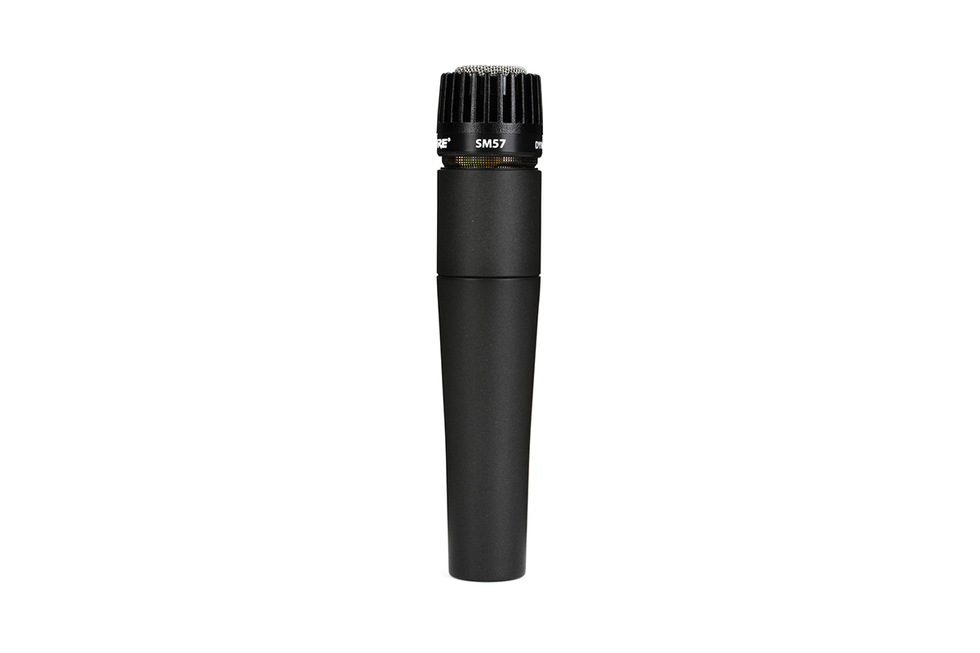
Shure SM57 and SM58 dynamic mics set the industry standard. The SM58 ($99 street) is widely used for vocals onstage but also works well on guitar cabinets, snare drums, and toms. The SM57 ($99 street) is a similar dynamic mic aimed at recording instruments more than vocals, since it lacks the 58’s ball grille, which is designed to reduce vocal plosives. I’ve heard very good recordings of acoustic guitar made with an SM57. In fact, you can track any instrument with one of these workhorse microphones and come up with a good sounding final product. Buy each of these very versatile recording tools.
Shure Beta 52A
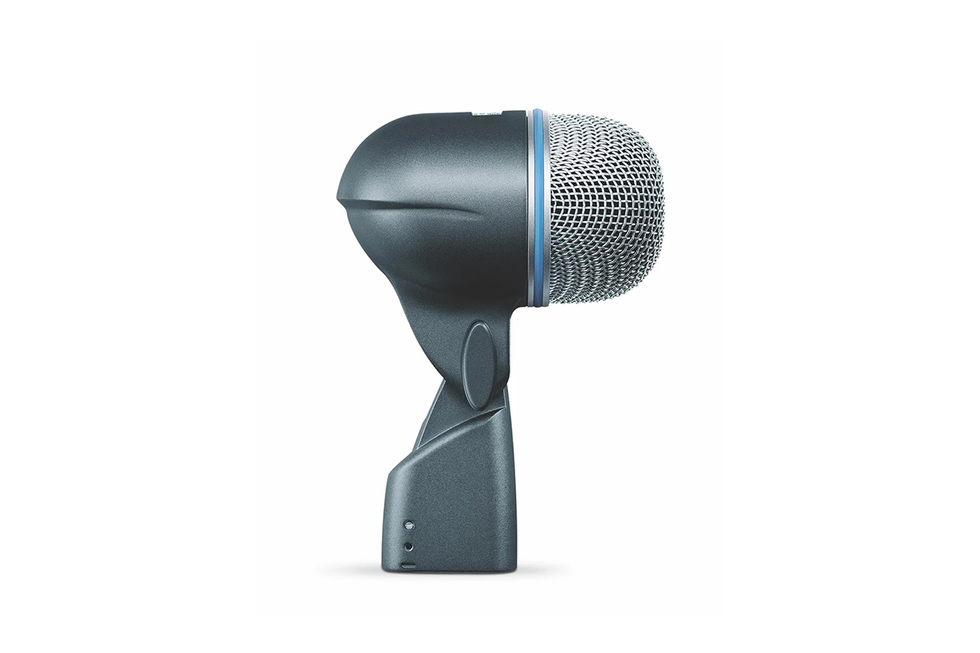
Another Shure product, the Beta 52A ($199 street), is a specialty mic made to capture kick drums, emphasizing low frequencies. You need one of these, too. The Beta 52A is supercardioid, which means it has a tighter pickup angle and offers good side rejection. This mic is also useful on bass cabinets, tuba, or trombone, and sounds good on floor toms, too.
Condenser microphones are often the most expensive, although they range from $89 to $8,499. Condensers are the most sensitive to dynamics and can also handle loud sound sources. They are used on many instruments—especially for vocals and acoustic instruments, and as drum overheads. Most vocalists prefer a condenser mic in the studio because these mics capture nuanced performances. They often have multiple pickup patterns (omnidirectional, unidirectional, and bidirectional or figure eight), which can be helpful. Condenser microphones need a low-voltage power source, called phantom power, to operate. But the good news is phantom power is found on almost every mixing console and on every interface. Just remember to turn it on when using a condenser.
You don’t need to spend thousands on mics to begin recording demos and even albums.
Audio-Technica AT2021
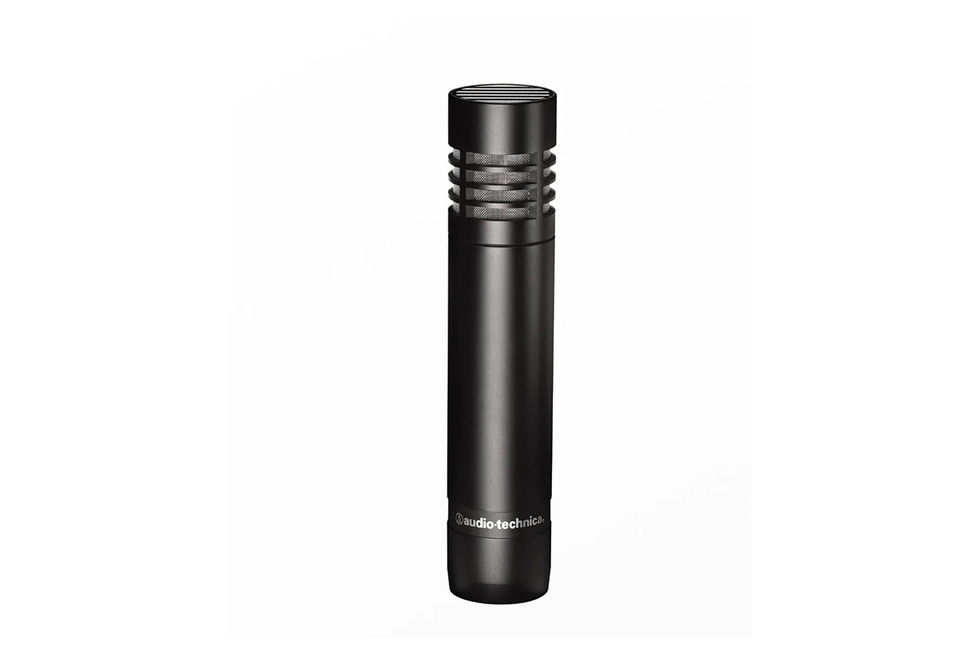
A great starter condenser is the Audio-Technica AT2021 ($89 street). This small diaphragm mic is excellent for acoustic instruments, including guitar. They also work well as drum overheads. Audio-Technica makes some other high-quality, affordable condenser mics, too. I recommend buying two AT2021s. Then, you’ll have two drum overhead mics that will also sound great recording various acoustic instruments.
AKG P420
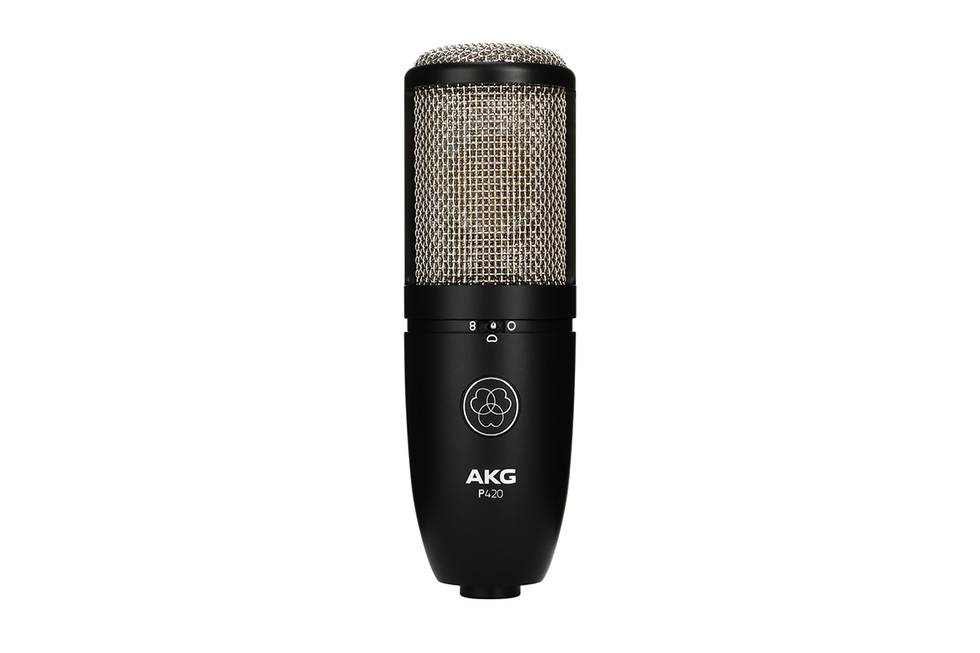
A large-diaphragm condenser mic is what most singers prefer in the studio, for its sensitivity to the nuances of vocal performances. They are also used on acoustic instruments, including horns, upright bass, and piano. The AKG P420 ($229 street) is an excellent vocal microphone that can be set for all three pickup patterns. And the omnidirectional pickup pattern can be useful when recording an entire ensemble or vocal group.
Radial ProDI
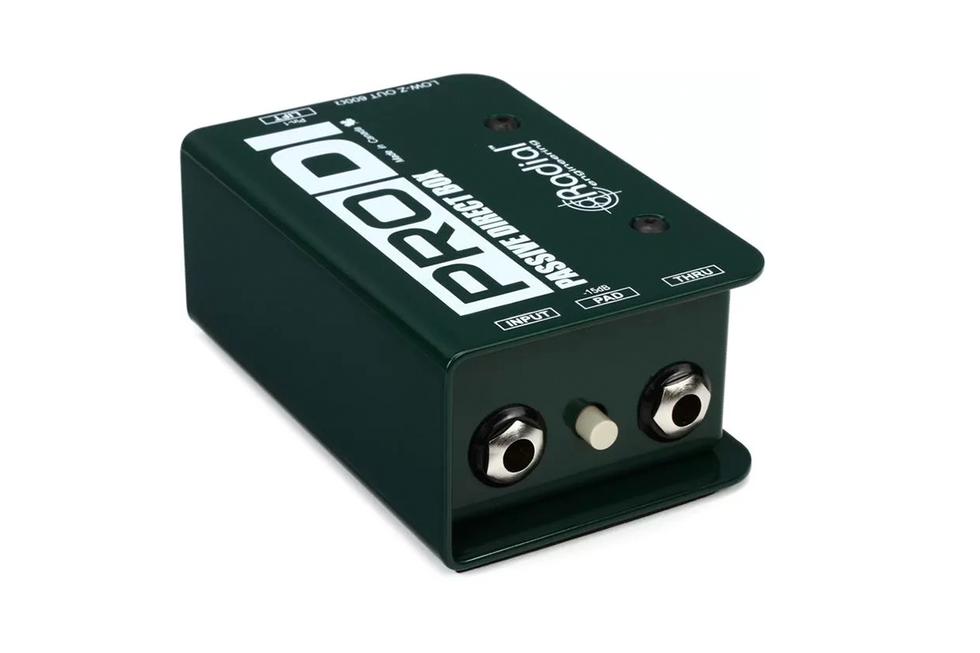
If you’ve played a gig on acoustic guitar, you already know what a direct box, or DI, does. In the studio, DIs are used to record high-output instruments such as keyboards or bass without distorting. It’s always good to have one on hand. Radial makes high-quality DIs, and I recommend the Radial ProDI 1 ($129 street) for its simplicity and efficiency.
Our total cost for these six mics and direct box is $933. Not bad for a basic, easy-to-find home studio mic selection that’ll get you started. And remember, when you’re ready, there’s a myriad of other manufacturers and mics out there to explore. To say nothing of plugins and hardware.
PS: Ribbon mics are the most fragile. They are often used for specific voices or instruments like brass and woodwinds, or a string section, and they are not as versatile as the other mic types. But ribbon mics do have a nice low frequency bump, and the word “warm” is often used to describe their sound. Because they are not as versatile as dynamic and condenser microphones, ribbon mics can always be added to your collection after you get the basics covered.
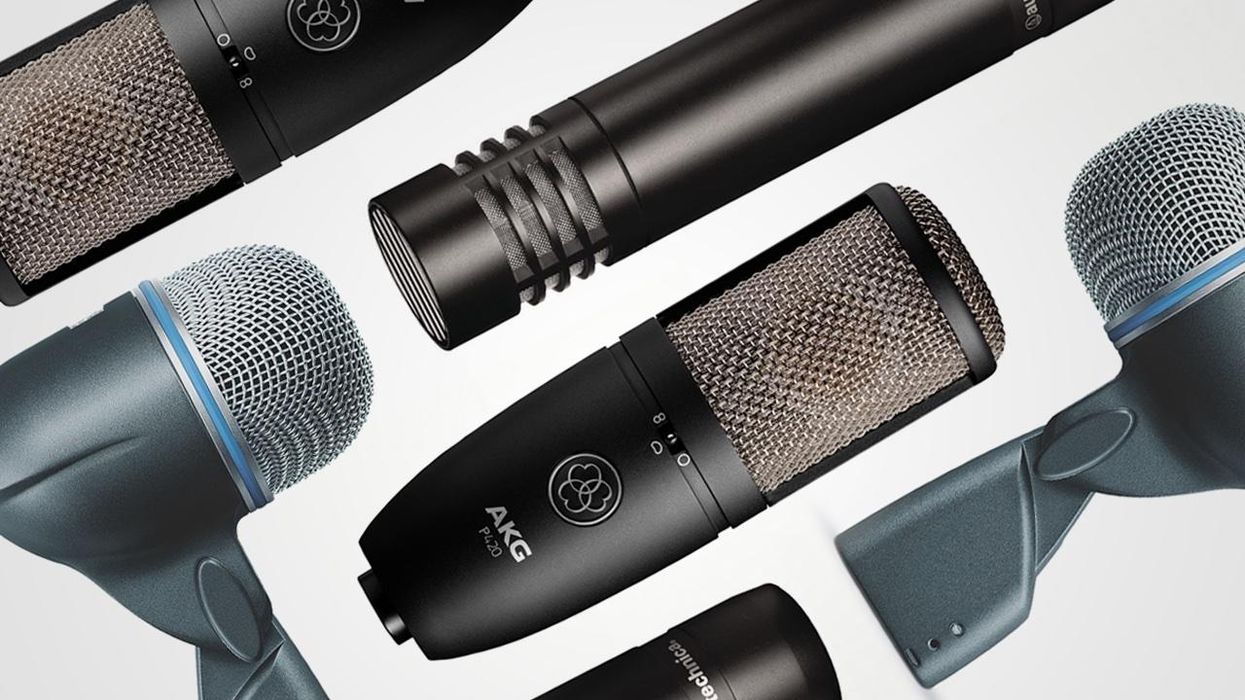

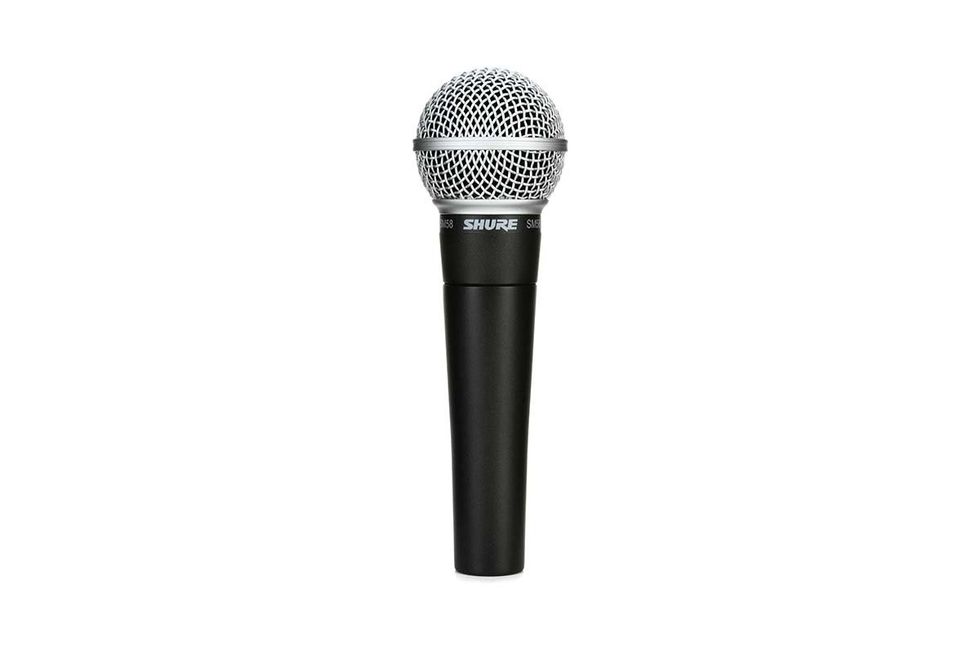
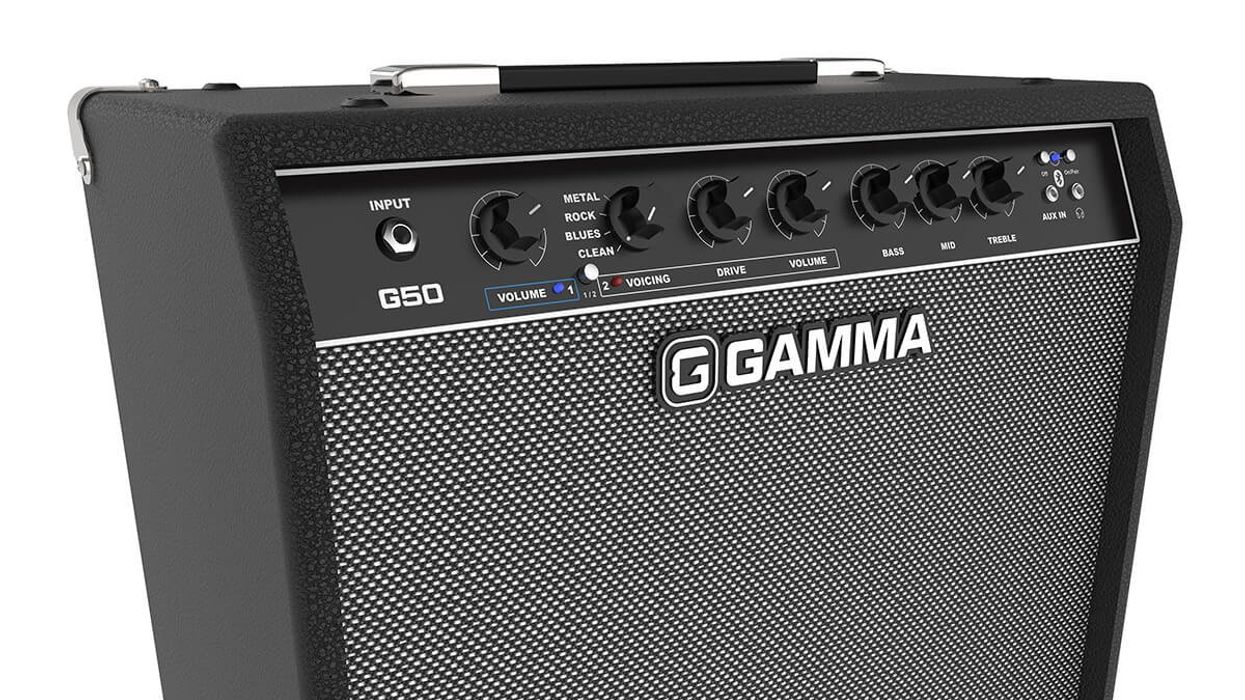
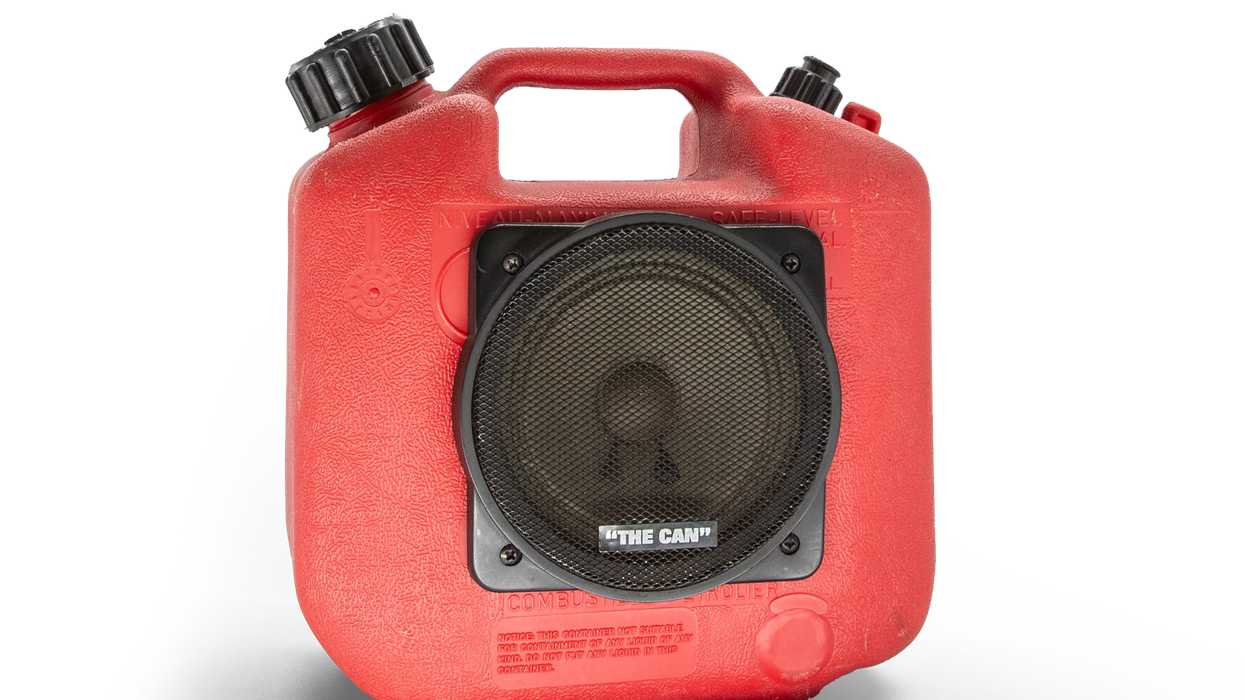
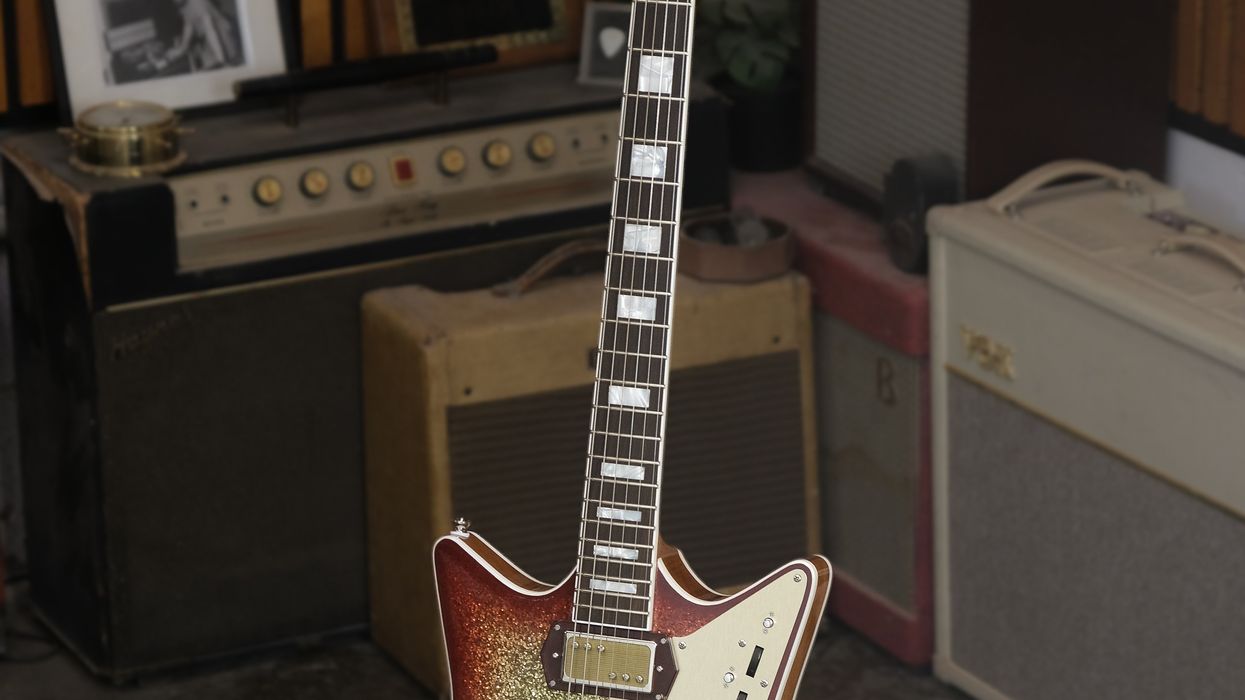
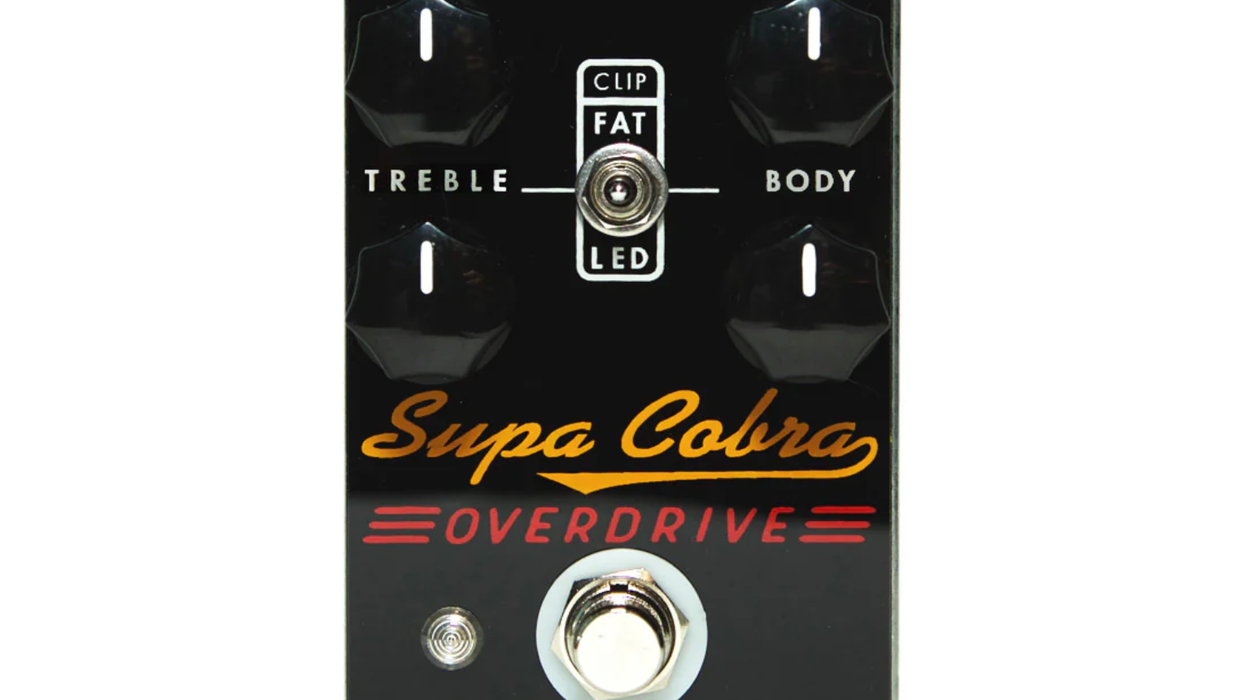
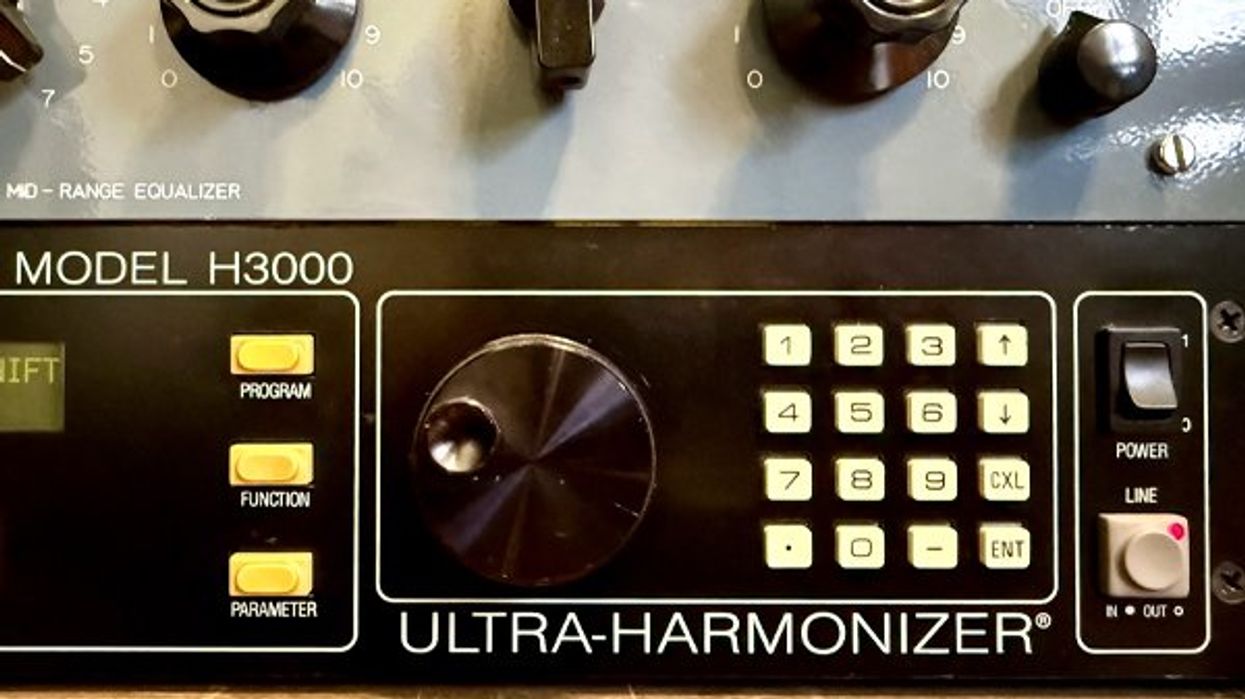
 Guitarists are used to coveting cranky, old gear, but if you’re not a rack user, the H3000 might not be for you! If you ever see one of these in a studio, be sure to take some time to check it out, and maybe give the plugin a try.
Guitarists are used to coveting cranky, old gear, but if you’re not a rack user, the H3000 might not be for you! If you ever see one of these in a studio, be sure to take some time to check it out, and maybe give the plugin a try.![Devon Eisenbarger [Katy Perry] Rig Rundown](https://www.premierguitar.com/media-library/youtube.jpg?id=61774583&width=1245&height=700&quality=70&coordinates=0%2C0%2C0%2C0)
